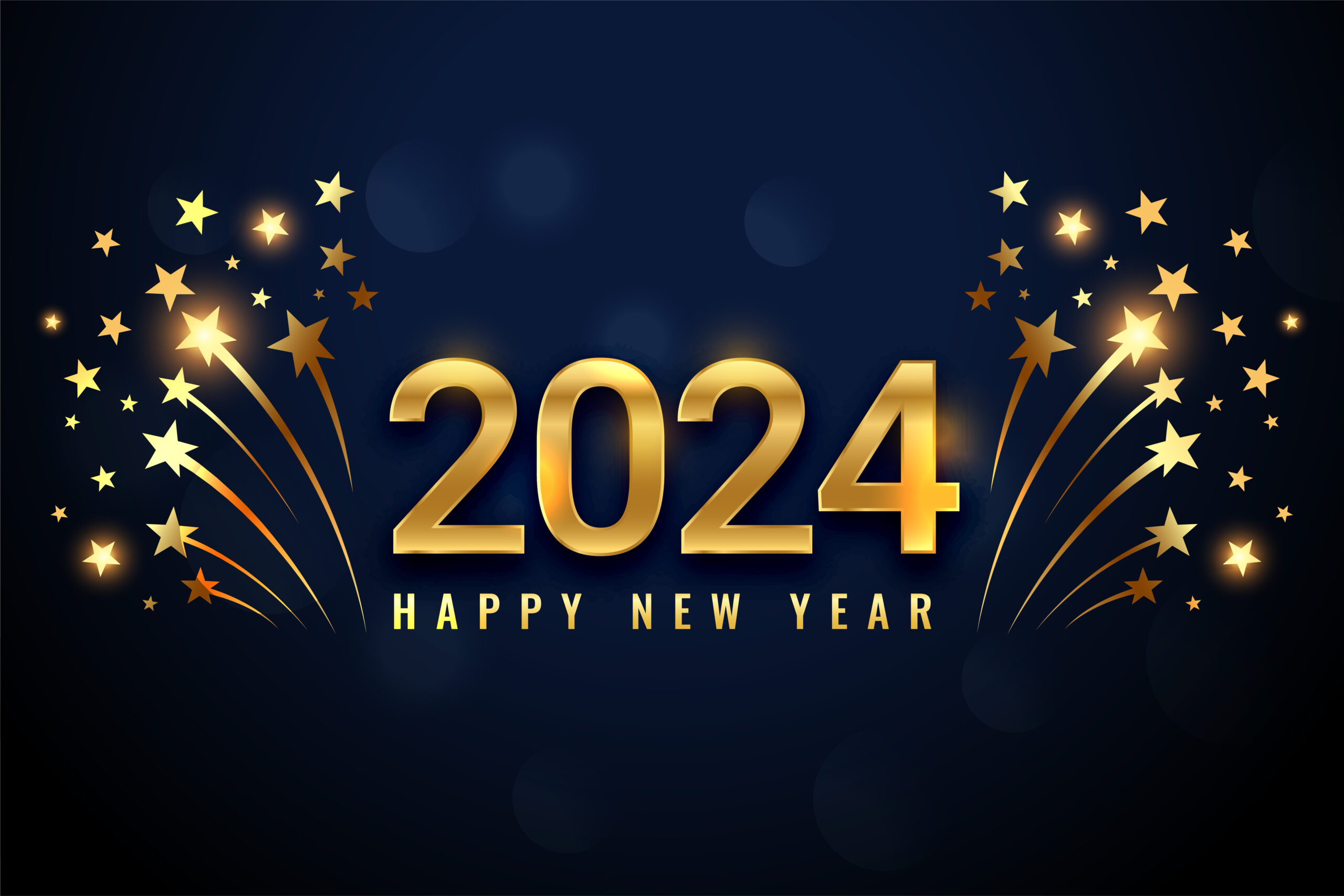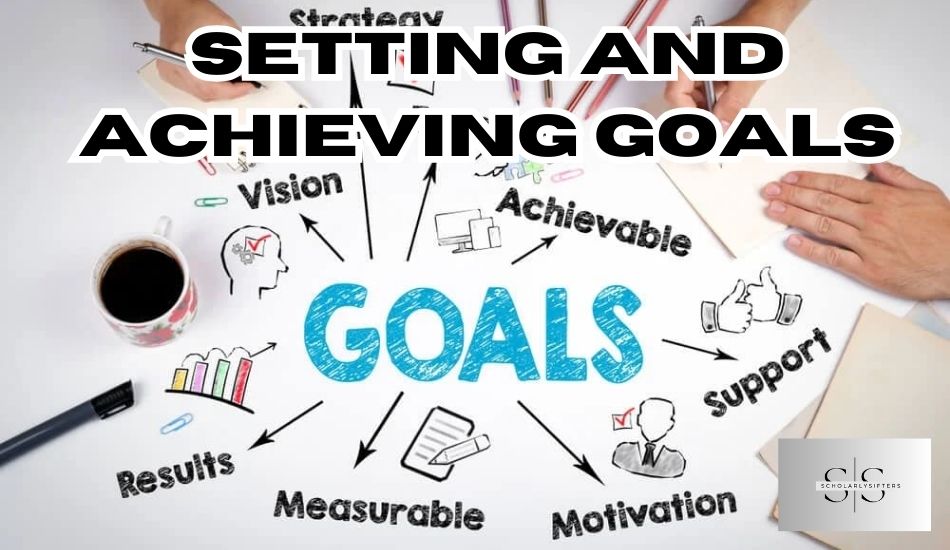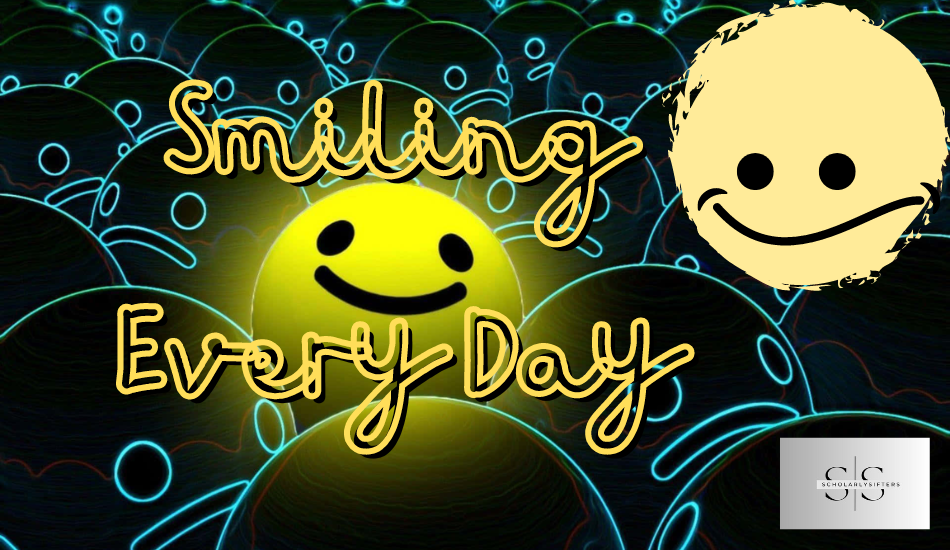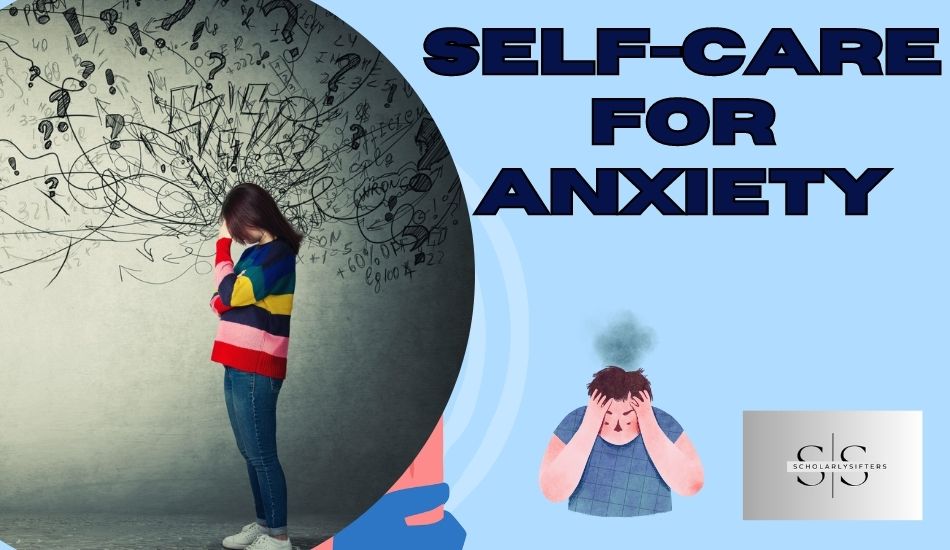No products in the cart.
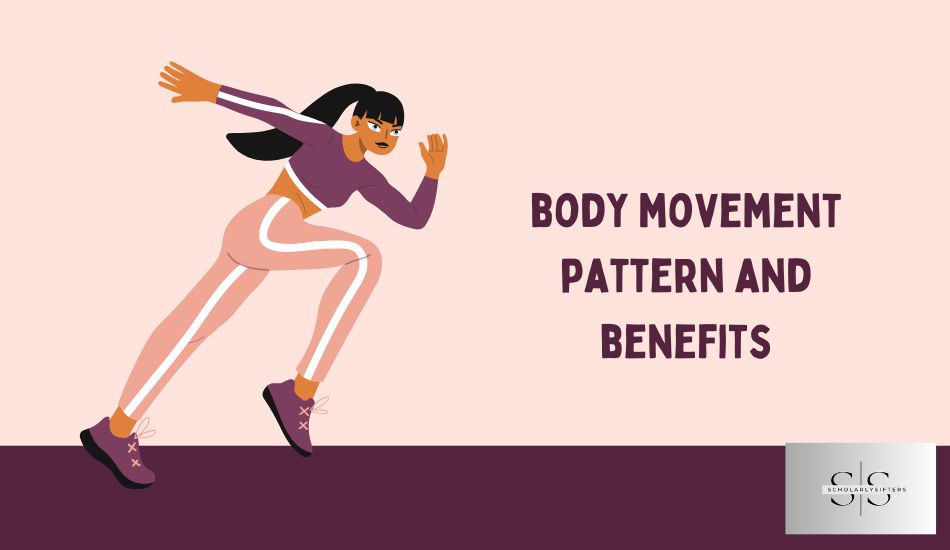
Exploring the Significance of Body Movement Pattern and Benefits in Health, Communication, and Performance
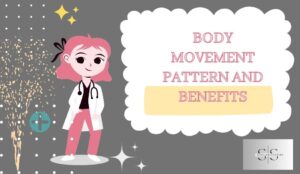
Introduction
Body Movement Pattern and Benefits, such as motor activity or locomotion, is a fundamental aspect of human life and plays a crucial role in various aspects of our existence.
It encompasses a wide range of actions, from basic reflexes and involuntary movements to intricate fine motor skills and deliberate actions. This dynamic ability allows us to interact with our environment, such as express emotions, communicate with others, and engage in various physical activities.
Definition of Body Movements Pattern and benefits
Body movement pattern and benefits refers to the coordinated motion of different body parts, guided by the central nervous system and musculoskeletal system. It includes both voluntary movements that we consciously control, such as walking and gesturing, and involuntary movements, like reflexes and subconscious postural adjustments.
Anatomy of Muscles
Muscles are the primary components of the musculoskeletal system, responsible for generating force and facilitating movement. They are composed of muscle fibres and connective tissues.
Understanding the anatomy of muscles involves the following key aspects:
Muscle Fibre: Muscle fibres are the individual cells that make up muscles. They contain contractile proteins, such as actin and myosin, which allow the muscles to contract and generate force.
Fascia: Fascia is a connective tissue that surrounds and separates muscles, providing structural support and allowing smooth movement between adjacent muscles.
Tendons: Tendons are tough, fibrous connective tissues that attach muscles to bones. They transmit the forces generated by muscles to the bones, enabling movement.
Muscle Belly: The muscle belly is the main body of the muscle, where most of the muscle fibres are located. It is the thickest and most prominent part of the muscle.
Muscle Origin and Insertion: The origin of a muscle is the attachment point on a stationary bone, while the insertion is the attachment point on a movable bone. During muscle contraction, the insertion moves toward the origin.
Body Movement Pattern and Benefits: Types of Muscles
There are three main types of muscles in the human body, each serving different functions:
Skeletal Muscles: Skeletal muscles are attached to bones and are responsible for voluntary movements, such as walking, running, and lifting objects. They are under conscious control and allow us to interact with the environment.
Smooth Muscles: Smooth muscles are found in the walls of internal organs, blood vessels, and the respiratory system. They are involuntary muscles, meaning they are not consciously controlled. Smooth muscles regulate processes such as digestion, blood flow, and breathing.
Cardiac Muscles: Cardiac muscles are specific to the heart and are responsible for pumping blood throughout the body. Like smooth muscles, cardiac muscles are involuntary and contract rhythmically to maintain blood circulation.
Skeletal System
The skeletal system provides the structural framework for the body and supports various functions, such as protection of internal organs and attachment points for muscles.
Key components of the skeletal system include:
Bones: Bones are the hard, mineralized structures that form the framework of the body. They come in various shapes and sizes and provide protection for vital organs, support for muscles, and storage for minerals like the calcium and phosphorus.
Cartilage: Cartilage is a flexible and resilient connective tissue found at the ends of bones such as providing cushioning and reducing friction at joints. It is also present in structures such as nose and ears.
Joints: Joints are the points where two or more bones meet. And they allow for movement and provide flexibility in the skeletal system. Different types of joints, such as hinge, ball-and-socket, and pivot joints, enable various movements.
Joints and Joint Types
In Body Movement Pattern and Benefitis, Joints play a crucial role in facilitating movement and supporting the body’s range of motion.
There are several types of joints, each offering specific movements:
Hinge Joint: Hinge joints allow movement in only one plane, like a door hinge. Examples include such as elbow and knee joints.
Ball-and-Socket Joint: Ball-and-socket joints allow movement in multiple planes, offering a wide range of motion. The hip and shoulder joints are examples such as ball-and-socket joints.
Pivot Joint: Pivot joints allow rotational movement around a single axis. The joint between the atlas (C1 vertebra) and axis (C2 vertebra) in the neck is an example such as pivot joint.
Gliding Joint: Gliding joints allow sliding or gliding movements between bones. These joints are found in the wrist and the joints between certain vertebrae in the spine.
Saddle Joint: Saddle joints allow movement in two planes, similar to a rider on a saddle. The joint at the base of the thumb is an example such as saddle joint.
Key components of this section include:
Bones: The human body has over 200 bones that vary in size and shape. They are connected to each other at joints, allowing for mobility.
Joints: Joints are the points where two or more bones meet. Different types of joints, such as ball-and-socket, hinge, and pivot joints, enable various types of movement.
Muscles: Muscles are the engines of body movement. They contract and relax in response to nerve impulses, generating force to move bones and create motion.
Muscle Types: There are three main types of muscles: skeletal muscles (voluntary muscles responsible for body movement), smooth muscles (involuntary muscles found in organs), and cardiac muscles (involuntary muscles in the heart).
Body Movement Pattern and Benefits: Nervous System and Motor Control
The nervous system plays a central role in controlling body movement pattern and benefits. It consists of the brain, spinal cord, and nerves that transmit electrical signals to coordinate muscle contractions and control movement.
This section explores:
Central Nervous System (CNS): The brain and spinal cord form the CNS. The brain processes sensory information and generates motor commands, while the spinal cord relays signals between the brain and peripheral nerves.
Peripheral Nervous System (PNS): The PNS includes all the nerves outside the CNS, connecting it to the rest of the body. It comprises sensory nerves that carry information to the CNS and motor nerves that carry commands from the CNS to muscles and glands.
Motor Units: Motor units are functional units comprising a motor neuron and the muscle fibres it innervates. The recruitment of motor units allows for precise control of muscle contraction.
Reflexes: Reflex actions are involuntary responses to external stimuli, initiated at the spinal cord level, allowing for rapid protective responses without conscious thought.
Biomechanics and Kinematics
Biomechanics is the study of how forces and mechanics interact within the body during movement. And it helps understand the principles governing body movement pattern and benefits the impact of external forces on the body.
Kinematics, a subfield of biomechanics, specifically focuses on the analysis of motion, including:
Motion Descriptors: Concepts such as position, velocity, and acceleration are used to describe the movement of body segments and joints.
Force and Torque: Forces act on the body during movement and are influenced by factors like muscle contractions, gravity, and external resistance. Torque is the rotational force that causes joint movement.
Centre of Mass: The centre of mass is the point in an object or body where the mass is evenly distributed. It plays a crucial role in maintaining balance during movement.
Gait Analysis: Gait analysis studies the pattern of walking and running, evaluating factors such as stride length, foot positioning, and joint angles.
Body Movement Pattern and Benefits: Gait Analysis and Phases of Walking
Gait analysis is the study of human walking patterns, which provides valuable insights into biomechanics, musculoskeletal health, and functional limitations. The process involves observing, measuring, and evaluating the movement of various body segments during walking.
It is essential for identifying abnormalities, diagnosing gait-related issues, and developing appropriate interventions or treatments.
Common Gait Abnormalities
Gait abnormalities are deviations from the typical walking pattern and can be caused by various factors, such as injuries, neuromuscular conditions, or musculoskeletal disorders.
Some common gait abnormalities include:
- Antalgic Gait: This gait pattern is characterized by a shortened stance phase on one leg due to pain or discomfort, often to protect an injured limb.
- Trendelenburg Gait: In this gait, the pelvis drops on the unsupported side during the stance phase due to weakness in the hip abductor muscles, leading to a distinctive hip drop on the opposite side.
- Ataxic Gait: Individuals with ataxic gait exhibit unsteady and irregular movements, which may be caused by damage to the cerebellum or other parts of the nervous system.
- Steppage Gait: This gait involves excessive lifting of the foot and knee during the swing phase, often seen in conditions affecting the nerves that control foot dorsiflexion.
Conclusion
Throughout history and across various domains, body movement pattern and benefits has played a significant role in human development such as communication, expression, and well-being.
From performing arts to sports, therapy, and the potential of technology, body movement pattern and benefits continues to shape our lives and experiences in diverse and profound ways.
Encouraging Active Lifestyles and Movement Awareness
Promoting active lifestyles and movement awareness is crucial for maintaining physical and mental health. Encouraging people of all ages to engage in regular physical activity, explore various forms of body movement, and appreciate the expressive power of movement in the arts can lead to a healthier and more enriched society.
Final Thoughts on Embracing the Power of Movement
Embracing the power of body movement pattern and benefits can empower individuals to discover new forms of self-expression, unlock their potential, and connect with others in meaningful ways.
Understanding the significance of body movement in diverse contexts fosters appreciation for its impact on human development, culture, and society as a whole.


